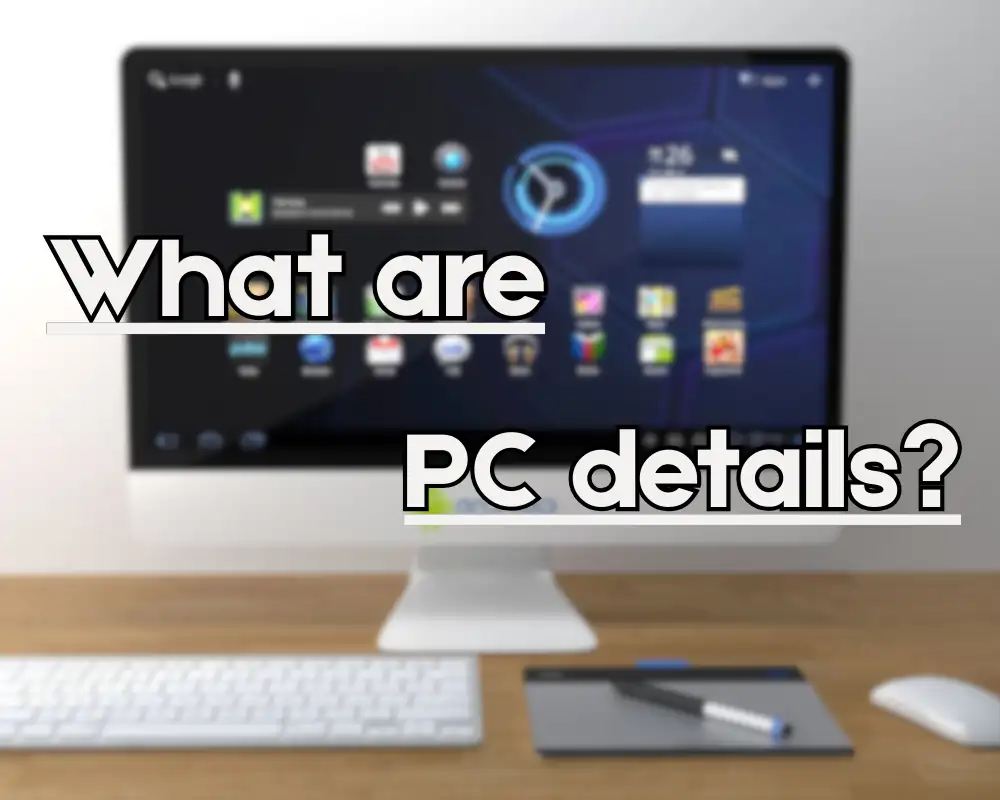Ever feel like your computer is a mysterious black box,humming away and performing tasks you barely understand? Or maybe you’re just trying to troubleshoot a frustrating glitch,and someone asks,”What are your PC details?” Suddenly,you’re staring blankly,unsure where to even begin. Fear not, intrepid explorer of the digital realm! This is your Rosetta Stone to understanding your computer’s inner workings. We’re about to demystify the concept of “PC details,” transforming you from bewildered bystander to confident computer cognoscente. Get ready to unlock the secrets lurking within that case, and discover what makes your machine tick.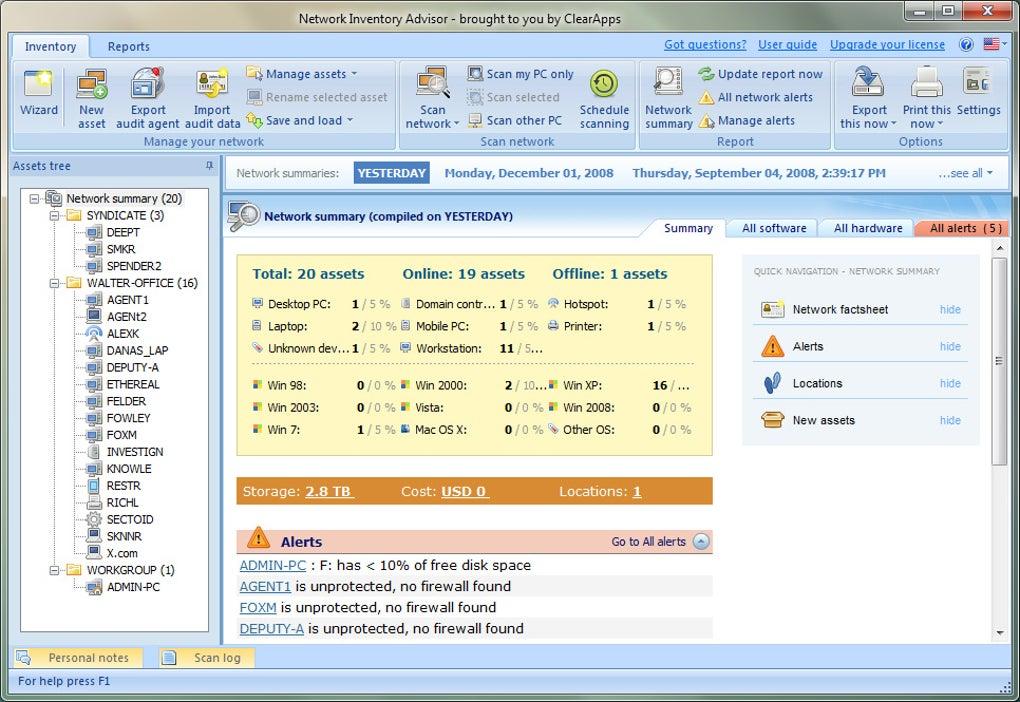
Unveiling Your PC’s Inner Workings: A Detailed Inventory
Ever felt like your PC is a mysterious black box? A humming, blinking enigma that somehow conjures up cat videos and spreadsheet magic? It’s time to pull back the curtain and expose the raw data, revealing the intricate tapestry of hardware and software that makes your digital companion tick. This isn’t just about knowing its name; it’s about understanding its DNA.
Imagine your PC as a finely tuned orchestra. Each component plays a crucial role, contributing to the overall performance. The CPU is the conductor, orchestrating the flow of instructions. The RAM is the stage, providing temporary space for active processes.The GPU is the visual artist, rendering stunning graphics. And the storage drive is the libary,housing all your precious files and applications. Finding out the specifics of each component transforms you from a passive listener to an informed audience member,appreciating the nuances of the performance.
So, how do we start digging? Thankfully, you don’t need a screwdriver and a hazmat suit.Windows provides built-in tools to unearth this details. The “System Information” app (search for “msinfo32.exe”) is a treasure trove,detailing everything from your operating system version to your BIOS date. The “Device Manager” offers a granular view of your hardware, listing each component and driver. And for real-time performance monitoring, the “Task Manager” (Ctrl+Shift+Esc) allows you to witness your CPU, memory, and disk usage in action. Here are some key areas to investigate:
- Processor: uncover the model, clock speed, and number of cores.
- Memory (RAM): Determine the total capacity and speed of your RAM modules.
- Graphics Card (GPU): Discover the model, manufacturer, and video memory.
- Storage: Identify the type (SSD or HDD), capacity, and available space on your drives.
- Operating System: Confirm the version and architecture of your Windows installation.
To illustrate, let’s look at a sample component overview:
| Component | Details |
|---|---|
| CPU | Intel Core i7-8700K |
| RAM | 16GB DDR4 3200MHz |
| GPU | NVIDIA GeForce RTX 2070 |
| Storage | 512GB SSD + 2TB HDD |
Armed with this knowledge, you’re no longer at the mercy of cryptic error messages and vague performance reports. You become the master of your digital domain, capable of troubleshooting issues, optimizing performance, and making informed upgrade decisions.
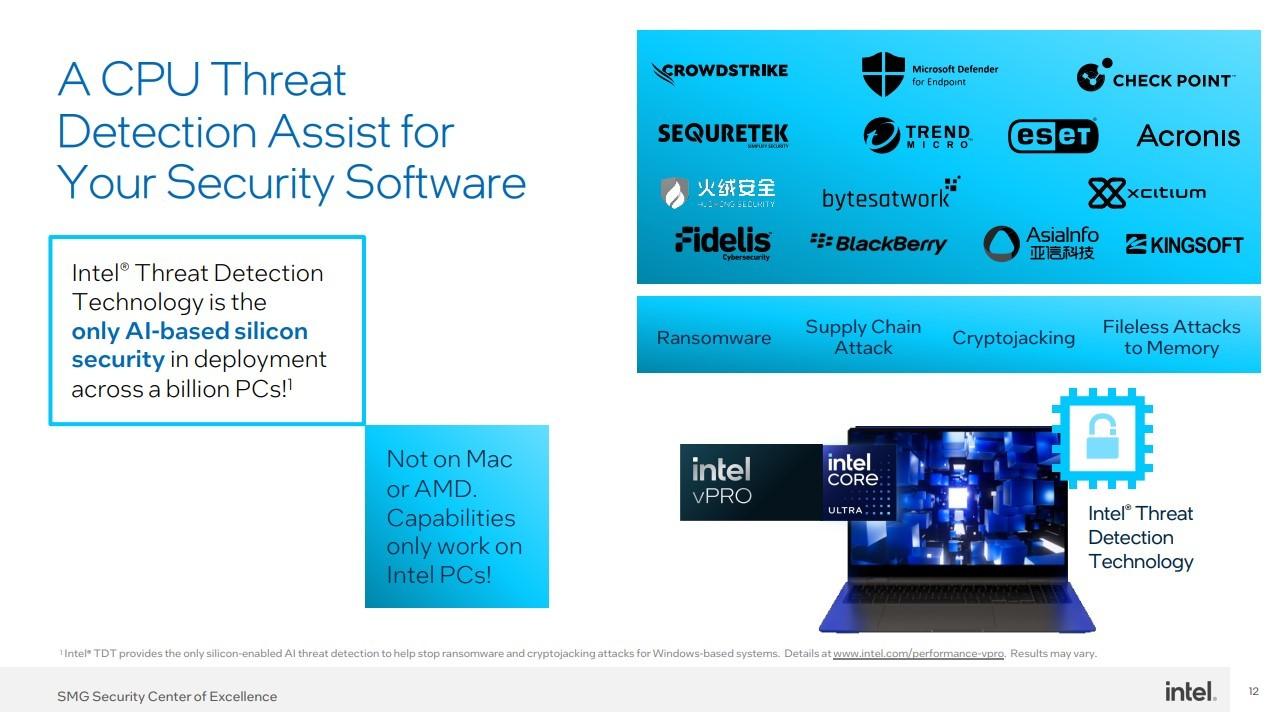
Decoding the Processor Puzzle: Identifying Your CPU’s Capabilities
Here’s how you crack the code to understanding what makes your computer tick! We’ve all been there,staring blankly at system information wondering what it all really means.Fear not, aspiring tech wizards! Your journey to unveiling your CPU’s true potential begins now. It’s about more than just bragging rights; It’s about knowing what your machine can handle and optimizing its performance. Knowing the answer to the question “What are PC details?” allows you to install the proper software when you understand your system’s parameters. First, let’s talk cores and threads. Think of the CPU as a diligent worker. Cores are like the worker’s hands, each capable of handling separate tasks simultaneously. Threads, on the other hand, are like the worker’s ability to juggle multiple tasks with each hand. More cores generally mean better multitasking capabilities, while more threads allow each core to handle complex tasks more efficiently. Here are some simplified examples of how different core/thread setups might perform on common tasks:
| Task | 4 Cores/4 Threads | 8 Cores/16 Threads |
|---|---|---|
| Web Browsing | Smooth | effortless |
| Gaming | Good | Excellent |
| Video Editing | Adequate | Superior |
It’s a simplification but it gives a handy overview. Next up: Clock speed! Measured in GHz, clock speed essentially dictates how fast your CPU can execute instructions. A higher clock speed generally means faster performance, but it’s not the only factor. Architecture plays a big role. A newer generation CPU with a slightly lower clock speed could outperform an older generation CPU with a higher clock speed thanks to architectural improvements like better instruction pipelines and improved cache management. Cache memory is like the CPU’s personal,high-speed scratchpad. It stores frequently accessed data,allowing the CPU to retrieve it much faster than pulling it from RAM. there are typically three levels of cache: L1 (smallest and fastest), L2, and L3 (largest and slowest, but still faster than RAM). A larger cache size can significantly improve performance, especially in tasks that involve repetitive data access. The cache allows for faster processing,reducing bottlenecks in the CPU and in your entire computer system. Beyond cores, threads and clock speed, remember to consider these critical details: Integrated Graphics: Does your CPU have integrated graphics? This is perfect for everyday tasks but might not be suitable for graphically intensive applications Socket type: The type of socket defines which motherboard the CPU it’s compatible with. Thermal Design Power (TDP): TDP indicates how much heat the CPU generates under maximum load. This is crucial when selecting a cooler to prevent overheating. understanding your CPU’s capabilities isn’t just about reading specs on a box. It’s about understanding how those specs translate to real-world performance. Don’t be afraid to experiment! Run benchmark tests, monitor your CPU’s performance under different workloads, and see what your machine is really* capable of. Start exploring and learn how to get the most out of your CPU!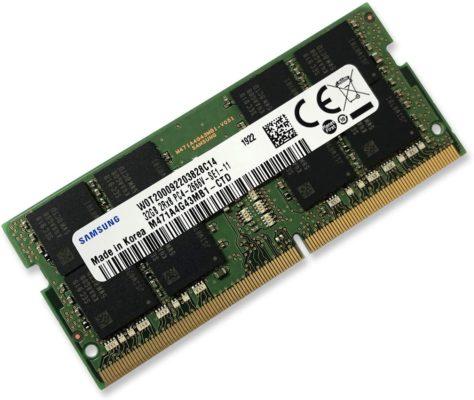
Memory Lane: Understanding RAM Specifications and Performance
Let’s journey back to a time when megabytes were magnificent and gigabytes seemed like science fiction. It’s memory lane! we’re diving deep into those rectangular sticks that hold your digital memories – RAM.Ever wondered what all those numbers and acronyms meant? let’s decode the cryptic language of RAM specifications and explore how they impacted the performance of PCs then, and still influence them today.
Imagine your RAM as a super-efficient short-term memory for your computer. The bigger the memory, the more programs and data it can hold readily available, like a master chef with all ingredients prepped and within arm’s reach. Key specifications to understand include:
- Capacity: Measured in megabytes (MB) back in the day, now we’re talking gigabytes (GB). Bigger is generally better, allowing you to juggle more applications simultaneously.
- Speed: Clock speed (MHz) dictates how fast the RAM can access the stored data. Faster speed means quicker processing.
- Latency: Measured in CAS latency (CL), this represents the delay between requesting data and receiving it. Lower latency is desirable.
These individual elements,while vital on their own,play a crucial role in synergy with other elements. Think of it as a symphony orchestra; each instrument (capacity, speed, latency) must be in harmony to create a beautiful melody (optimal performance). For instance, a large RAM capacity with slow speed might still result in sluggish experience compared to smaller faster capacity.
| RAM Generation | Typical Clock Speeds | Common Usage Scenarios |
|---|---|---|
| DDR2 | 400-800 MHz | Mid-2000s gaming, office work |
| DDR3 | 800-2133 MHz | Late 2000s to Mid 2010s, mainstream computing |
| DDR4 | 2133-4800 MHz+ | Modern gaming, content creation |
The evolution of RAM is a testament to the relentless pursuit of faster and more efficient computing. From the early days of SDRAM to today’s DDR5,each generation brought meaningful improvements in capacity,speed,and power efficiency. By understanding these specifications, you can make informed decisions about upgrading or building a PC, ensuring you have the memory muscle needed for your digital adventures. Let’s not forget, the type of RAM your motherboard supports is crucial, just like a car needs the right fuel to run efficiently!
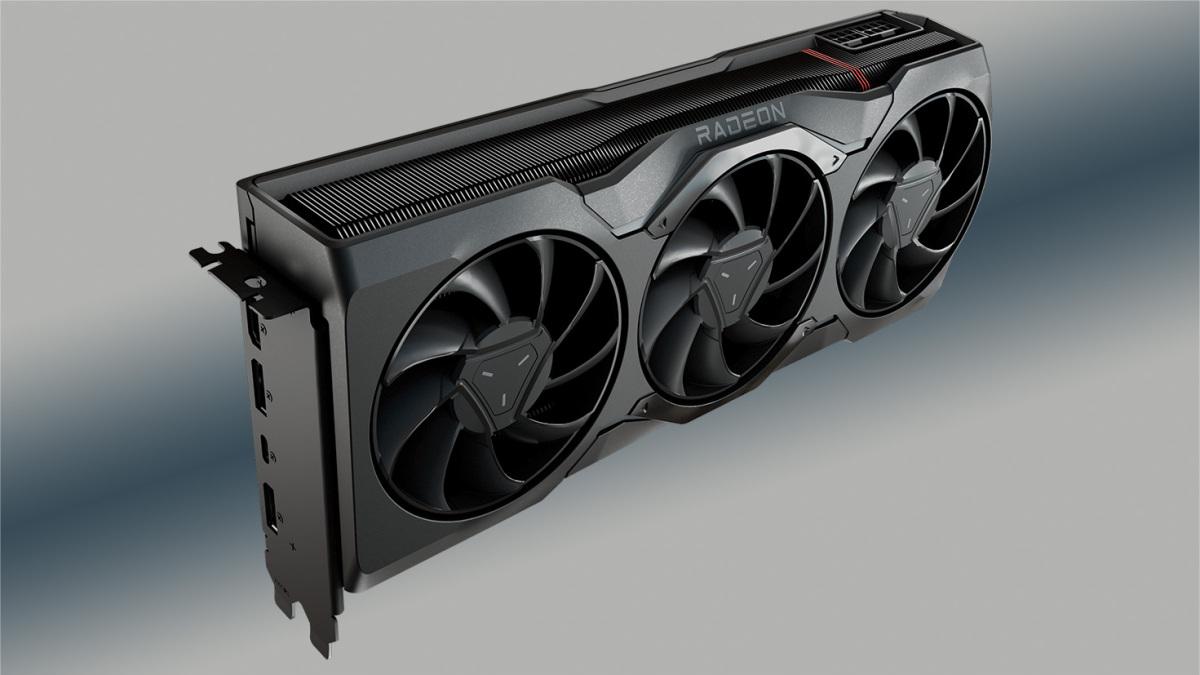
Graphics Card Demystified: Exploring Its Role and Identifying Your GPU
let’s peek under the hood of your digital workhorse! Ever wondered what magic makes those stunning visuals burst onto your screen? Well, a significant part of the answer lies within the Graphics Card, also known as the GPU (Graphics Processing Unit), silently working its pixel-pushing prowess. Think of it as your computer’s visual artist, taking raw data and transforming it into the vibrant images, smooth animations, and immersive gaming experiences we all crave. Without it, we’d be stuck in a world of text-based interfaces, a digital dark age nobody wants to revisit. So, what does this silicon-based wizard actually do? Imagine the process: Your CPU (Central Processing Unit)—the brain of the computer—tells the GPU what to draw. then,the GPU springs into action,performing complex calculations and rendering all the elements of the image—from textures and lighting to shadows and special effects.It’s a highly parallel process, meaning the GPU handles thousands of calculations simultaneously, making it exceptionally efficient at visual tasks. Forget spreadsheets; this thing loves triangles! This is why gamers swear by powerful GPUs and video editors see them as a key tool. Not all GPUs are created equal though, and understanding the variations is key to optimizing your experience. Identifying your GPU is surprisingly easy, no screwdriver required! On Windows, simply type “Device Manager” into the search bar and open the submission. Expand the “Display adapters” section, and there you’ll see the name of your graphics card proudly displayed. MacOS users, click the Apple menu in the upper-left corner, select “About This Mac,” and then click “System Report.” Navigate to ”Graphics/Displays” in the sidebar, and you’ll find all the relevant information about your GPU.Now you will have a good understanding of what the main specifications are of your graphics card. You can use the name specifications to know if you meet the hardware requirements for a game or design software. Understanding the basic specifications of your GPU can be incredibly helpful. Common terms you’ll encounter include:
- VRAM (Video RAM): The dedicated memory specifically for graphics. More VRAM generally allows for higher resolutions and more complex textures.
- Clock Speed: Measures how quickly the GPU can process data. Higher clock speeds usually mean better performance.
- CUDA Cores/Stream Processors: These are the parallel processing units within the GPU.More cores generally lead to faster rendering.
- TDP (Thermal design Power): Indicates the maximum amount of heat the GPU is expected to generate. This is importent for choosing an appropriate cooling solution.
To put some of these concepts into perspective, consider this simplified comparison:
| GPU Type | VRAM (GB) | Use Case |
|---|---|---|
| Integrated Graphics | Shared with System RAM | Basic tasks, light gaming |
| Mid-Range dedicated GPU | 4-8 | Gaming at 1080p, moderate video editing |
| High-End dedicated GPU | 8+ | Gaming at 4K, professional video editing, complex 3D rendering |
Ultimately, choosing the right GPU is about balancing your needs and your budget. Whether you’re diving into the latest AAA games, editing stunning videos, or simply enjoying a smooth desktop experience, understanding the role and capabilities of your graphics card is the first step toward optimizing your visual computing journey.

Storage Solutions Exposed: Discern the Types, Capacity and Speed of Your Drives
Let’s dive deep into the digital vaults that hold your invaluable data. We’re talking about storage drives – the unsung heroes of your PC. Forget just thinking about gigabytes and terabytes; it’s time to understand the true nature of these data guardians. Before we explore the vast universe of CPUs and GPUs, let’s ground ourselves in the reality of where your operating system, games, and cherished cat photos reside. Consider the spinning platters of a traditional Hard Disk drive (HDD). These magnetic marvels offer enormous capacity – often at a budget-kind price. Think of them as sprawling libraries filled with countless digital books. But accessing information requires physically moving a read/write head across the disk, making them relatively slower. Conversely, we have the lightning-fast Solid State Drives (SSDs). These use flash memory eliminating any moving parts. Imagine your data being instantly accessible, no spinning, no delays – just pure digital bliss. Now, when it comes to capacity, you need to think bigger than just your current needs. Will your gaming collection continue to grow? Do you plan on editing 4K videos? Storage solutions need to allow for growth. After all, no one wants to migrate their entire system every six months due to storage limitations. Here’s a quick comparison to illustrate common capacity points:
| Drive Type | Typical Capacity | Ideal For |
|---|---|---|
| SSD (System Drive) | 500GB – 1TB | Operating System, Key Applications |
| HDD (Secondary Drive) | 2TB - 8TB+ | Large Files, Media Libraries, Backups |
Speed matters. A lot. The responsiveness of your operating system, the loading times of your favorite games, and the overall snappiness of your PC depend heavily on your storage drive’s speed. It is commonly measured in Megabytes per second (MB/s). This measurement denotes the speed with which data can be transferred from the drive to the computer, or vice versa. A faster drive means less waiting and more doing and it also affects boot times. here’s a quick overview of connection interfaces and their impact on performance:
- SATA III: The standard interface for most HDDs and older SSDs. Offers good performance but is now considered a performance bottleneck for the fastest SSDs.
- NVMe (via PCIe): A newer,faster interface that unlocks the full potential of modern SSDs. Offers significantly higher bandwidth and lower latency compared to SATA.
- M.2: A form factor that can support either SATA or NVMe SSDs. Check the specifications of your motherboard and SSD to ensure compatibility.
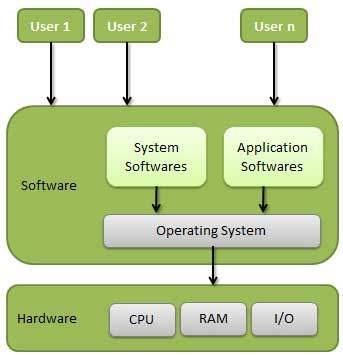
Operating System Deep Dive: Discovering Version, Architecture and System Information
Ever felt like your computer is a mysterious black box, humming away but refusing to reveal its inner secrets? We all have! Knowing the nitty-gritty details about your machine isn’t just for tech wizards; it’s crucial for troubleshooting, installing the right software, and even just understanding its potential. Forget feeling lost and confused – let’s crack open that metaphorical black box and see what makes your PC tick. Think of your computer’s operating system as its central nervous system. First off, identifying the OS version (Windows 11, macOS Monterey, Ubuntu 22.04, you get the idea) is vital for software compatibility. Imagine trying to run a program designed for Windows XP on a brand new machine – disaster! Then there’s the CPU architecture, determining how your processor handles data. Today most systems are 64-bit, but remnants of 32-bit architecture still linger in older software. Different architectures demand different software compilations to work flawlessly. There are numerous ways to peek under the hood. On the Windows side, a simple “msinfo32” command from the run dialogue displays thorough system information. On macOS, the “about This Mac” option is a treasure trove. For Linux users, commands like `uname -a` and `lsb_release -a` will unleash a torrent of data. But what does it *all* mean? Let’s break down some key elements:
- Operating System Name and Version: The foundation upon which everything else is built.
- System Architecture (32-bit or 64-bit): Impacts the type of software runnable on the PC.
- Processor Information: CPU model, core count, and clock speed, dictating processing power.
- Installed RAM: Memory capacity directly affecting the PC’s ability to handle multiple tasks.
- graphics Card: Crucial info especially for gamers and graphic designers.
To showcase the system differences in detail, here is a simple table:
| Operating System | Command/GUI | Key Information |
|---|---|---|
| Windows | msinfo32 | System Model, RAM, OS Version |
| macOS | About This Mac | Processor, Memory, Graphics |
| Linux (Ubuntu) | uname -a; lsb_release -a | kernel, Distribution, Architecture |
Wrapping Up
And there you have it, a glimpse beneath the hood of your digital workhorse! Knowing your PC’s details isn’t just about bragging rights; it’s about empowered decision-making. Whether you’re optimizing performance, troubleshooting a glitch, or gearing up for a gaming marathon, understanding your system’s inner workings puts you in the driver’s seat. So go forth, explore your machine, and unlock its full potential. You might be surprised at what you discover!
